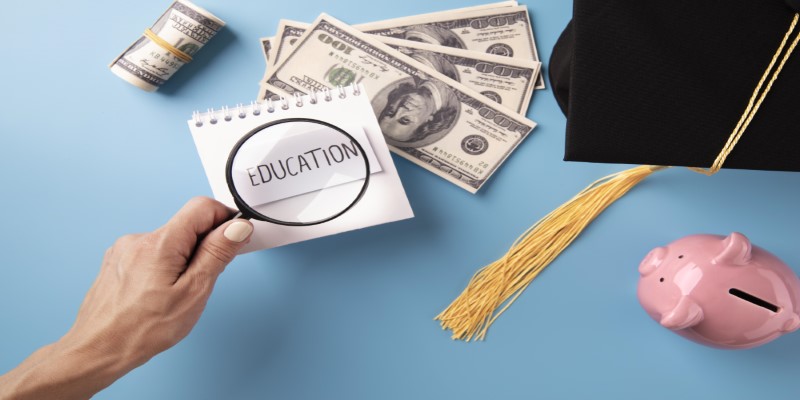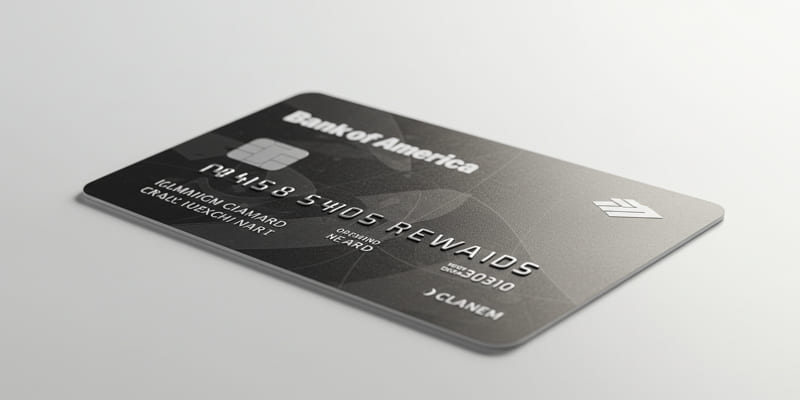Advertisement
Facing $100,000 in student loans can feel overwhelming, but with the right approach, paying them off is entirely achievable. Whether youve just graduated or are still in school, understanding the strategies to manage and eliminate this debt is crucial for your financial future. This guide breaks down practical steps to help you tackle your student loans head-on, ensuring you regain control of your finances without unnecessary stress.

Before diving into repayment strategies, its essential to have a clear picture of your student loans. Start by listing all your loans, including federal and private ones, along with their interest rates and repayment terms. Federal loans often offer more flexible repayment options and benefits compared to private loans, so knowing the specifics can help you prioritize which loans to pay off first.
Below, we have mentioned some of the strategies that you can use to pay off student loans.
Developing a structured repayment plan is the foundation of successfully paying off your student loans. Begin by assessing your monthly income and expenses to determine how much you can allocate toward your loans each month. There are several repayment plans available, such as:
Standard Repayment Plan: Fixed payments over ten years.
Graduated Repayment Plan: Payments start lower and increase over time.
Income-Driven Repayment Plans: These are depended on your income.
Choosing the right plan depends on your financial situation and long-term goals. For instance, if you expect your income to grow, a graduate plan might be beneficial. Conversely, if youre aiming to pay off your loans quickly, the standard plan could save you more on interest.
Not all student loans are created equal. To pay off $100K in student loans efficiently, prioritize them based on interest rates. Focus on paying off high-interest loans first while making minimum payments on the others. This approach, known as the avalanche method, reduces the overall interest youll pay and accelerates your debt-free journey.
Alternatively, the snowball method suggests paying off the smallest loans first to build momentum and stay motivated. Choose the strategy that aligns best with your personality and financial goals.

One of the most effective ways to reduce your student loan debt is by making extra payments. Even small additional amounts can significantly impact the total interest paid and shorten the repayment period. Allocate any windfalls, such as tax refunds or bonuses, directly toward your loans. Ensure these extra payments are applied to the principal to maximize their impact.
Refinancing can be a powerful tool in paying off $100K in student loans, especially if you have high-interest private loans. By refinancing, you can secure a lower interest rate, reducing the amount you pay over time. However, be careful when trying to refinance federal loans into private ones, as you may lose the access to benefits like income-driven repayment plans and loan forgiveness programs.
Research various lenders and compare rates and terms to find the best refinancing option that suits your financial situation.
Loan consolidation combines multiple federal student loans into a single loan with a fixed interest rate. This can simplify your repayment process by reducing the number of payments you need to make each month. While consolidation may not lower your interest rate, it can extend your repayment period, making monthly payments more manageable.
Its important to weigh the pros and cons of consolidation, as extending the repayment period may result in paying more interest over time. Consider whether the convenience of a single payment outweighs the potential cost.
Income-driven repayment (IDR) plans adjust the payments based on your income and size. These plans can make managing $100K in student loans more feasible, especially if you have a lower income or high living expenses. After 20 to 25 years of qualifying payments, any remaining balance may be forgiven.
While IDR plans can provide temporary relief, its essential to understand that extending your repayment period may result in paying more interest overall. Use IDR plans as a stepping stone while you work towards increasing your income and making extra payments.

Several loan forgiveness programs can help reduce your student debt burden. Public Service Loan Forgiveness (PSLF) is something that allows you to forgive the balance on your federal loans after youve made 120 qualifying payments while working in a qualifying public service job.
Other professions, such as teaching or healthcare, may also offer loan forgiveness benefits. Research the eligibility criteria and requirements for these programs to determine if you qualify and how to apply.
Creating a budget is a critical step in managing and paying off your student loans. Track your income and expenses to identify the areas where you can stop and cut back. Reducing discretionary spending, such as dining out or entertainment, can free up more funds to allocate toward your loans.
Consider adopting a minimalist lifestyle, eliminating unnecessary subscriptions, and finding affordable alternatives for your regular expenses. Every dollar saved can contribute to paying down your student debt faster.
Paying off $100K in student loans may seem daunting, but with a clear plan and disciplined approach, its entirely within reach. By understanding your loans, creating a repayment strategy, making extra payments, and exploring options like refinancing and loan forgiveness, you can steadily reduce your debt burden. Additionally, budgeting, increasing your income, and staying motivated will support your journey to financial freedom. Remember, every step you take brings you closer to a debt-free future, allowing you to focus on building the life youve envisioned without the weight of student loans holding you back.
Advertisement

By Jennifer Redmond/Jan 07, 2025

By Pamela Andrew/Apr 13, 2025

By Isabella Moss/Apr 01, 2025

By Georgia Vincent/Dec 31, 2024

By Nancy Miller/Jan 15, 2025

By Darnell Malan/Dec 23, 2024

By Madison Evans/Oct 21, 2024

By Susan Kelly/Mar 17, 2025

By Aldrich Acheson/Dec 19, 2024

By Gabrielle Bennett /Jan 07, 2025

By Verna Wesley/Dec 27, 2024

By Darnell Malan/Nov 10, 2024